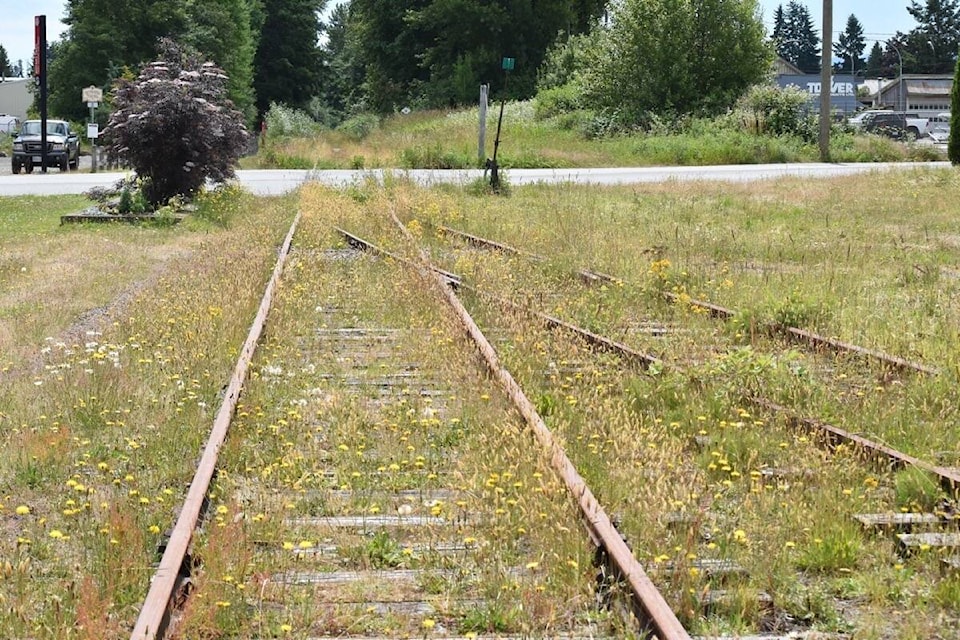A lobby group is hoping the non-profit that manages Vancouver Island’s rail line will change its tune about use of the tracks.
Friends of Rails to Trails Vancouver Island envisions a continuous active transportation trail on the rail corridor, which covers close to 290 kilometres from Victoria to Courtenay, with additional sections in Parksville, Nanaimo and Port Alberni. The rail is owned and managed by Island Corridor Foundation and FORTVI hopes local governments back a request to the foundation that other transportation be allowed on the rail bed.
Alastair Craighead, FORTVI chairperson, said his group favours active transportation – walking, running, cycling and electric bikes – and questions how viable train travel is along the railway.
“This corridor’s an old Victorian railway corridor that was never designed to do fast passenger rail … the curves are so tight in places that the trains can’t travel at normal speed, you have to slow down, so there’s a lot of problems,” said Craighead. “The other thing is that when this railway was built, there were no roads, there were only car tracks. Now there’s about 240 road crossings and that’s a whole other issue.”
A report from the B.C. Ministry of Transportation and Infrastructure projected it would cost $700 million to repair the rail line and restore service, but Andrea Thomas, foundation corridor development manager, said that estimate includes a 97 per cent contingency. ICF estimates the cost would be closer to $390 million with a “more reasonable contingency” for the entire line, Thomas said.
The foundation supports active transportation alongside the rail corridor, she said, and noted that there are many issues involved, including Indigenous land rights.
“We do not, however, support the idea of ripping up the tracks and having trail only, in fact that’s likely impossible because we just had a B.C. Court of Appeal case in Snaw-Naw-As (First Nation) v. ICF and the decision was made that in the case where the railway is not used for railway purposes, it’s subject to reversionary rights, which means the original landowners, prior to the E&N land grant, would be able to come back and make claim to the land,” said Thomas.
That would see the rail line divided into potentially hundreds of parcels, she said, involving 14 First Nations, making the chance of a continuous trail “slim to none.”
“I think that maintaining the integrity of the corridor is an important concept and it’s a fundamental mandate for the ICF … It is important that this very valuable asset for the Vancouver Island region is used to its highest and best use, which I believe will include active transportation, but in order to determine what that highest best use is, it needs to have the fulsome engagement and consent of the First Nations that are owners of it,” said Geselbracht.
According to Craighead, the Comox regional district has directed its ICF board representative to propose a motion at the next foundation meeting to amend its mandate to allow other options for the rail bed.
Snaw-Naw-As First Nation could not be reached for comment.
RELATED: Deadline looms to resurrect Island rail corridor
RELATED: Snaw-Naw-As lose railway land appeal, but can try again
reporter@nanaimobulletin.com
Like us on Facebook and follow us on Twitter



